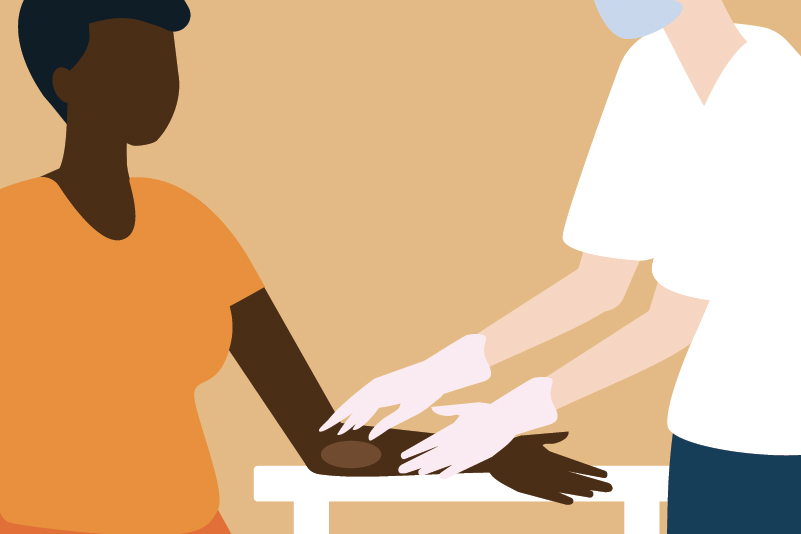#351 Flaked out? Topical treatment for seborrheic dermatitis

Reading Tools for Practice Article can earn you MainPro+ Credits
Join NowAlready a CFPCLearn Member? Log in
- 4 Systematic reviews1-4 of randomized controlled trials (RCTs). Results at 4 weeks and statistically different unless indicated.
- Ketoconazole 2% (example: twice daily face, twice weekly scalp) 8 RCTs, 2520 patients:
- Complete resolution:1 50% versus 28% placebo, number needed to treat (NNT)=5.
- No statistical differences versus ciclopirox, topical corticosteroids, metronidazole.1
- Other systematic reviews found similar.2,3
- Ciclopirox 1% cream or shampoo (1% or 1.5%) (8 RCTs, 1525 patients):
- Complete resolution:1 38% versus 21% placebo, NNT=6.
- Others similar.2,3
- Metronidazole 0.75% (2 RCTs, 131 patients):3
- Improvement >75%: 39% versus 21% placebo, NNT=6.
- Corticosteroids:2
- Total clearance:
- Mild steroid (example hydrocortisone 1%) versus strong steroid (examples betamethasone 0.05%, mometasone 0.1%, clobetasol 0.05%): No difference (2 RCTs, 93 patients).
- Strong steroids: 50% versus 8% placebo (2 RCTs, 266 patients).
- Total clearance:
- Pimecrolimus 1% (5 RCTs 48-96 patients, reported separately):
- Reduction in clinical severity score (scale 0-6, lower better):
- 4.8 versus 3.6 (methylprednisolone 0.1%).5
- 4.8 versus 1.9 (metronidazole 0.75%).5
- No difference6,7 versus vehicle or ketoconazole 2%.
- Reduction in clinical severity score (scale 0-6, lower better):
- Ketoconazole 2% (example: twice daily face, twice weekly scalp) 8 RCTs, 2520 patients:
-
-
- Complete resolution (2 RCTs, 60 patients):
- 84% versus 91% steroid (hydrocortisone 1%, betamethasone 0.1%): Not statistically different.2
- Complete resolution (2 RCTs, 60 patients):
- Adverse events: Ketoconazole 2%.1
- Versus placebo: No difference.
- Dryness, pustules, pain: 5% versus 10% (corticosteroids).
- Erythema, burning, prickling: 20% versus 67% (pimecrolimus 1%).7
-
- Limitations: Small studies, inconsistent doses, randomization concealment and blinding often unclear.
- Shampoos are rinsed 5-15 minutes after application, lotions applied on scalp as on skin.
- Combining topicals (antifungal, anti-inflammatory) is commonly used despite minimal evidence.
- Recurrences reduced8-10 with weekly selenium shampoo or ketoconazole 2%; or twice weekly ciclopirox 1% or tacrolimus 0.1%.
- Cost (30 grams):11,12 Ketoconazole 2% ~$15; pimecrolimus 0.1% $95; hydrocortisone 1%, betamethasone 0.05% ~$18.
- Other non-prescription shampoos have minimal evidence.13







Great tip. I will start using it. Great option replacing steroids
Practical
Thank you, clear evidence for what I have been doing for some time
Good review.
Good article
thanks
well done
Very interesting
Great research
Good to know
Practical and helpful
Helpful
excellent information and speakers as well thanks enjoyed conference Dr JJ Changlea
Helpful
great article, wonder if the antifungal efficacy is a class effect – for instance will Clotrimazole be as effective as Ketoconozaole which was the drug studied?